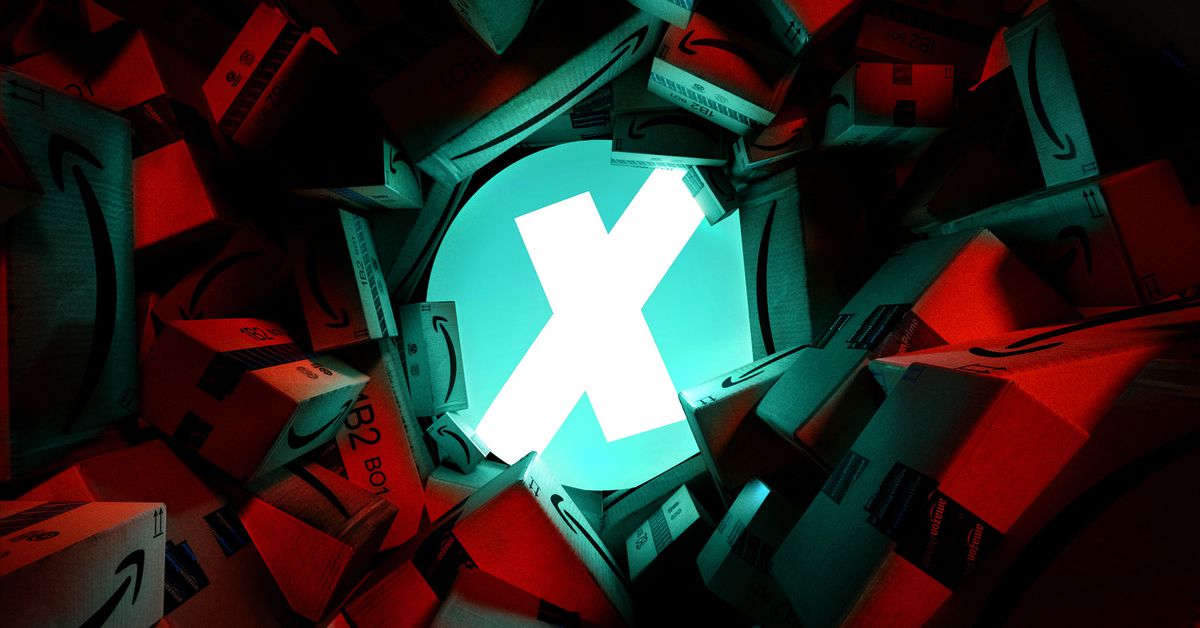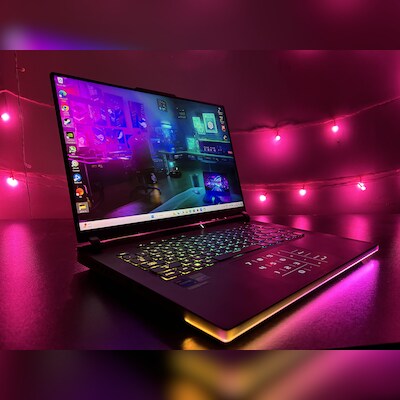
In February of this year, Amazon finally completed its consumption of the once independent app for downloading comics, Comixology. Amazon had acquired the app way back in 2013, and apart from removing the ability to buy comics directly from the app, it left it untouched for nearly a decade. But this year, Amazon changed things — incorporating Comixology’s digital marketplace directly into the Kindle ecosystem and totally redesigning the Comixology app. It has taken two distinct mediums — digital comics and digital books — and smashed them together into an unholy blob of content that is worse in every single way. Apparently, if you let one company acquire a near-monopoly in the digital books and comics spaces, it will do terrible things that make the experience worse.
For those of you who aren’t big comic nerds, Comixology is the largest marketplace for digital comics. If you don’t want to pay for individual monthly subscriptions to publishers, it’s the only per-issue supplier of digital comics from a number of major publishers, including DC Comics and Image. If you read comics and want to avoid the issues of storing your physical collection, Comixology has, until recently, always provided a pretty solid catchall alternative.
Kindle, meanwhile, has maintained a de facto monopoly in the digital books space in the United States. Amazon’s e-readers are the most widely purchased in the US, with Rakuten’s Kobo line of e-readers (Rakuten is the largest bookseller in Japan) and Barnes & Noble’s line of Nook e-readers trailing behind.
If you think the enormity of these marketplaces would mean Kindle or Comixology were the best, you’d be sorely mistaken. They’ve succeeded entirely due to their size — not their quality. Amazon is so large it can regularly use its size to pressure publishers or ignore them. In 2019, Amazon shipped numerous copies of the sequel to Margaret Atwood’s Handmaid’s Tale a week in advance, and despite an uproar from independent booksellers, it suffered no issues with the publisher, Penguin Random House. Penguin Random House didn’t even mention Amazon when apologizing to readers and booksellers for the broken embargo.
Amazon’s increasingly outside role in digital publishing had led me to try and cut back on using its services. So when Amazon completed its integration of Comixology in February, it took me a little while to notice. But oh boy, I’ve started noticing lately.
The new Comixology app is largely just… annoying. That’s the best word for it. Everything you need is still there, but the design isn’t really intuitive, and it can make a large collection of comics (I’ve been using Comixology since 2011) difficult to navigate. It feels sort of like when you go to the grocery store after they move aisles around. Everything is still there, but the change feels so dramatic after years of the familiar.
But where my local Food Bazaar will helpfully label the aisles, Comixology has not. There are no clear labels for useful built-in tools like its “Guided View,” which is designed to fluidly move you from panel to panel with a swipe instead of having each page take up the whole display. The Guided View is still there, but the clear explanation of what it is or how to use it is gone. You access it by double-tapping — which I only know because I was trying to access the menu to leave the book.
Yet the real pain of the new Comixology experience is its store’s integration with the larger Amazon store. Amazon’s always been a struggle to navigate. There are the fake products, the sponsored ads, and sometimes even fake products in sponsored ads. When I went to preorder the new Poison Ivy series, about the DC villainess, earlier this month, I was instead met with salves used to treat poison ivy rashes.
wanted to preorder the new poison ivy comic and was instead violently reminded of comixology being ruined by Amazon (the comic I wanted is the third actual book down) pic.twitter.com/4tFemED9YP
— (@alexhcranz) May 11, 2022
In the three weeks since, they’ve fixed that search result. The new book is now the top result. The salves come after. The rest of the Poison Ivy-focused books DC has released over the years are now “below the fold,” hidden until you scroll past the sponsored junk you probably weren’t searching for.
Other popular heroes, like Spider-Man, Captain America, and Batman, return toy results right alongside the comics.
Comixology searches used to just return comic results.
And look, those search results weren’t exactly great before the merge. There have to be a million variations on the Spider-Man title. If you’re looking for issue 10 of a very specific Spider-Man run, you’re probably going to be sifting through a lot of results unless you add more to your query. But pre-Amazon merger, you weren’t also dodging results for Amazon Prime TV shows, toys, salves and anything else Amazon thinks a searcher of Spider-Man comics might want to buy.
Using the service now, you are reminded, painfully, at every turn, that you are in Amazon’s house and you will consider more than just the one thing you wanted to buy. It’s obtrusive and unpleasant. And for months, I have griped out about it with friends and read about it while nodding in agreement and generally accepted the unpleasantness.
But last week, I wanted to read a book in the Kindle app. I hadn’t used it in a while, preferring Libby when I can, but I knew I owned this book, and I knew I wanted to read it. Only instead of being met with the myriad of books I’ve acquired over a decade of using the Amazon Kindle store, I was met with the myriad of comics I’ve acquired over a decade of using the Comixology store.
There’s no way to filter the comics out of my Kindle app. They’re always just right there. The first thing I’ve seen if I haven’t purchased a book that week. It is annoying on my iPad Mini. It is downright offensive on my Android E-Ink tablet and Kindle Oasis.
It also doesn’t have to be this way. Amazon is one of the largest and wealthiest companies in the world. It has money to spare on front-end user interface designers. It could sort this out quickly. But I don’t think Amazon has any inclination to. For the most part, Amazon is content to maintain its ebook business, not be actual leaders or good stewards. And it’s not just the bonehead design choices that came after merging its digital comics and ebook stores that have me feeling this way.
The Kindle lineup of e-readers now feels painfully outdated next to something like the Kobo Elipsa and Sage or basically the entire Onyx Boox lineup. Those use the latest E-Ink displays and include fancy abilities like faster refresh rates for web browsing and stylus input. The biggest thing going for the Kindle lineup is the e-readers are relatively cheap and work with Amazon’s store.
Amazon has left its main book-recommending app, Goodreads, to wallow, too. The app doesn’t appear to have had a UI refresh since Amazon acquired it in 2013. In fact, it looks a lot like it did when it launched in 2007. Other apps, like Netflix, Facebook, and Google, have grown powerful using their immense amount of data to develop algorithms that try to anticipate what you want to read or watch before you do. Goodreads just recommends whatever is popular widely and in a genre vaguely adjacent.
From the store to the recommendation service to the Kindle hardware, Amazon could do a whole lot better. Yet it’s as if Amazon actually likes how little effort it has to exert over its enormous monopoly to continue raking in dollars. Earlier this year, Comixology CEO David Steinberger left to “lead a new Amazon-wide initiative that is too good an opportunity to not take.” In a Twitter thread, he assured he would be with Comixology in an advisory role. From the outside, it sure seems like Amazon went and rewarded ineptitude with a promotion. I’d be more annoyed, but I’m still trying to find that book I wanted to read on my Kindle.




/cdn.vox-cdn.com/uploads/chorus_asset/file/22977156/acastro_211101_1777_meta_0002.jpg)

